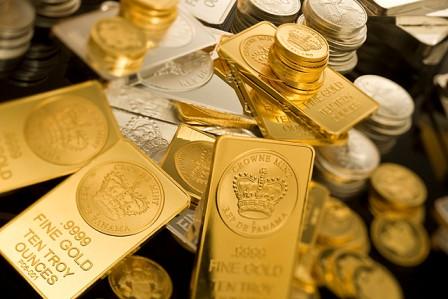
The cost of gold dipped below $1770 an ounce during Monday morning trading in London, but remained less than ten Dollars below their six-month high hit last Friday, the day after the US Federal Reserve announced a third round of quantitative easing.
Prices for buying silver fell to around $34.50 an ounce this morning – 1.3% off Friday’s high – as stocks and industrial commodities also edged lower and major government bond prices rose.
“Precious metals are for the most part defending the gains they have made in recent days,” says Commerzbank in its morning commodities note.
“Gold is still pretty bullish this week,” agrees Phillip Futures analyst Lynette Tan in Singapore.
“I think gold prices will remain firm and probably test the [$1790] high set in February…buyers are still buying gold, but it seems that profit taking may occur later.”
On New York’s Comex, the so-called speculative net long position across all gold futures and options traders – based on the difference between bullish and bearish contracts – rose to its highest level since February last Tuesday, according to weekly data published each Friday by the Commodity Futures Trading Commission.
The world’s largest gold ETF SPDR Gold Shares (GLD) meantime saw its bullion holdings climb above 1300 tonnes Friday for the first time since August last year.
“We believe the macroeconomic environment for gold is turning more constructive,” says a report from Deutsche Bank.
“We expect that the growth in supply of fiat currencies is an important driver, the low interest rate environment is likely to continue to enhance gold’s attractiveness given the negligible opportunity cost.”
Since the start of the month, both the European Central Bank and the Federal Reserve have announced open-ended stimulus measures.
The ECB said it will buy sovereign bonds on the open market “with no ex ante quantitative limits”, while the Fed said it will buy $40 billion of mortgage-backed securities each month until it sees “substantial” improvement in the US labor market, a move generally being recognized as a third round of quantitative easing (QE3).



 Follow us on Twitter
Follow us on Twitter Become our facebook fan
Become our facebook fan










Comments are closed.